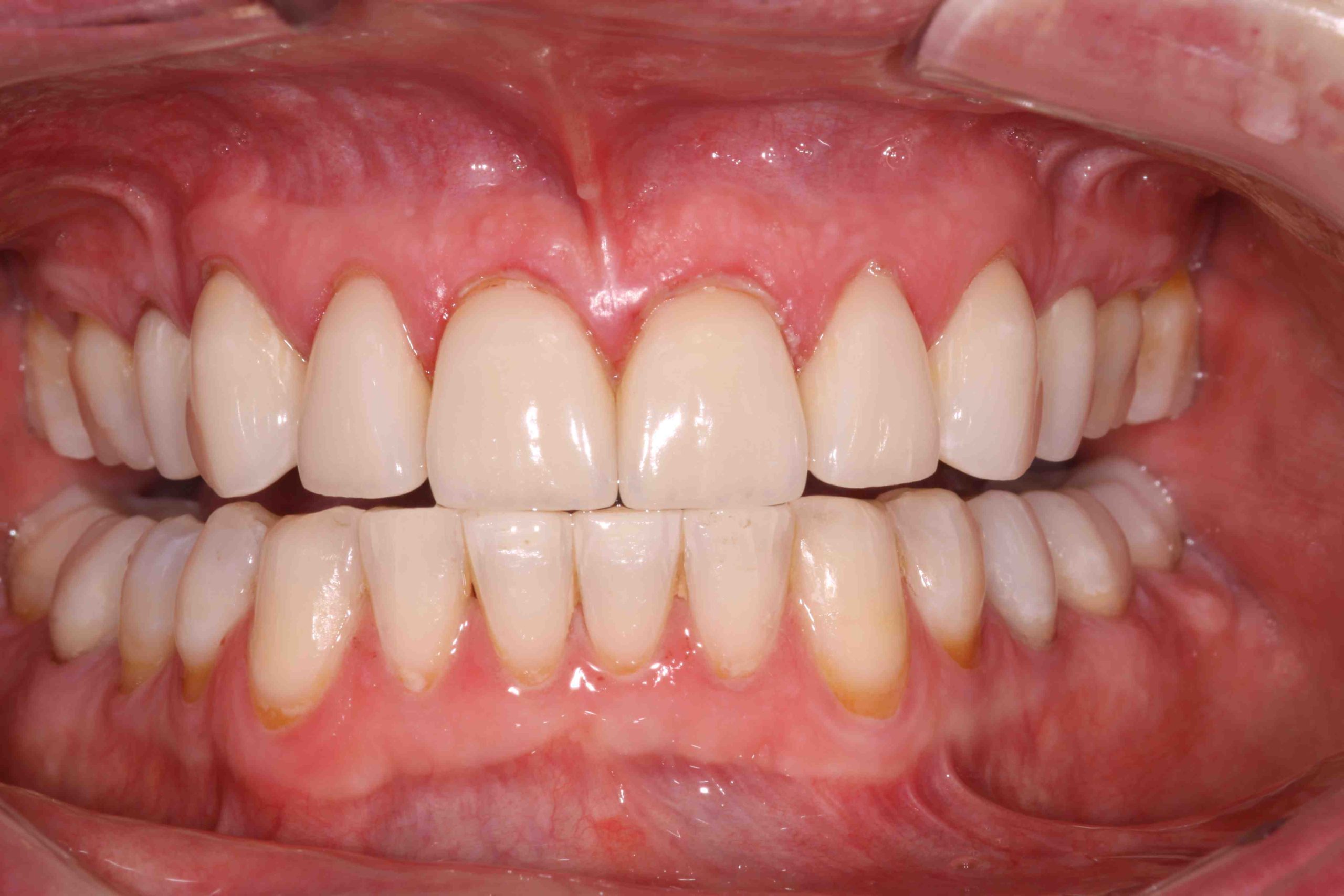
Esthetics & Function: Incisal Edge Pitch
The incisal edge anatomy of anterior teeth is quite complex. This complexity is fundamental to the esthetics of the tooth, as well as the function of incisors. How do we re-create the full anatomic form of the tooth in ceramics and composite?
Components of Incisal Edge Anatomy Function and Esthetics: Pitch
When the full anatomic form is not precisely recreated, this can lead to esthetic and functional challenges. To successfully mimic this form, the clinician can rely on three components of incisal edges (from a lateral perspective): 1 pitch and 2 bevels.
We can visualize the pitch as the flat top of the incisal edge.
Pitch
Dimensions: Labio-lingual width of at least 1mm that increases from attrition or parafunction in edge to edge position.
Characterization: Pitch is not always parallel to the horizon and its relative position is dependent on the inclination of the incisor. Incisors are inclined just a little bit further to the labial at the incisal edge and the pitch has an upward slant toward the lingual.
Esthetics: The tooth shape and inclination results in an incisal edge esthetic of thinner enamel at the labio-incisal junction. It also creates the highly desirable visual translucence. Leveling the pitch to the horizon can change light reflection which is critical to esthetics of the tooth.
Restorative Approach: Often in ceramics we create a pitch that is level to the horizon and has decreased width of the pitch. This can compromise the esthetics of the translucency, but that can be gained back using stains.
Challenge: The challenge with this shape change in ceramics is that patients often sit in edge to edge position during parafunction. Insufficient pitch width may result in the patient experiencing functional challenges, not finding a comfortable spot to rest and increased parafunctional movement.
I’ll expand on understanding the two bevels in my next incisal edge anatomy blog …
What aspects of incisal edge anatomy do you find most challenging? Let us know in the comments!
Related Course
E2: Occlusal Appliances & Equilibration
DATE: March 27 2026 @ 8:00 am - March 31 2026 @ 2:30 pmLocation: The Pankey Institute
CE HOURS: 44
Dentist Tuition: $ 7500
Single Occupancy with Ensuite Private Bath (per night): $ 355
What if you had one tool that increased comprehensive case acceptance, managed patients with moderate to high functional risk, verified centric relation and treated signs and symptoms of TMD? Appliance…
Learn More>






